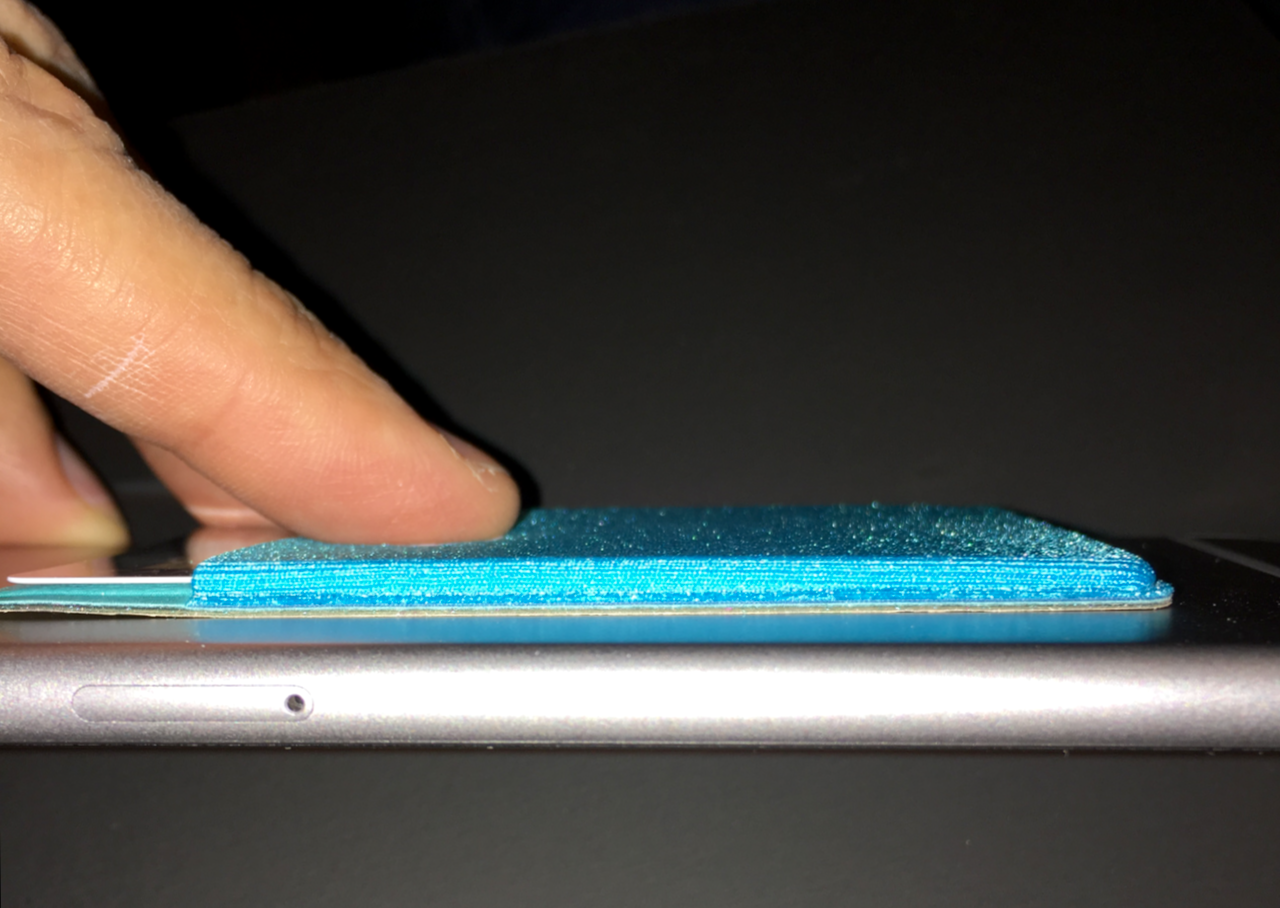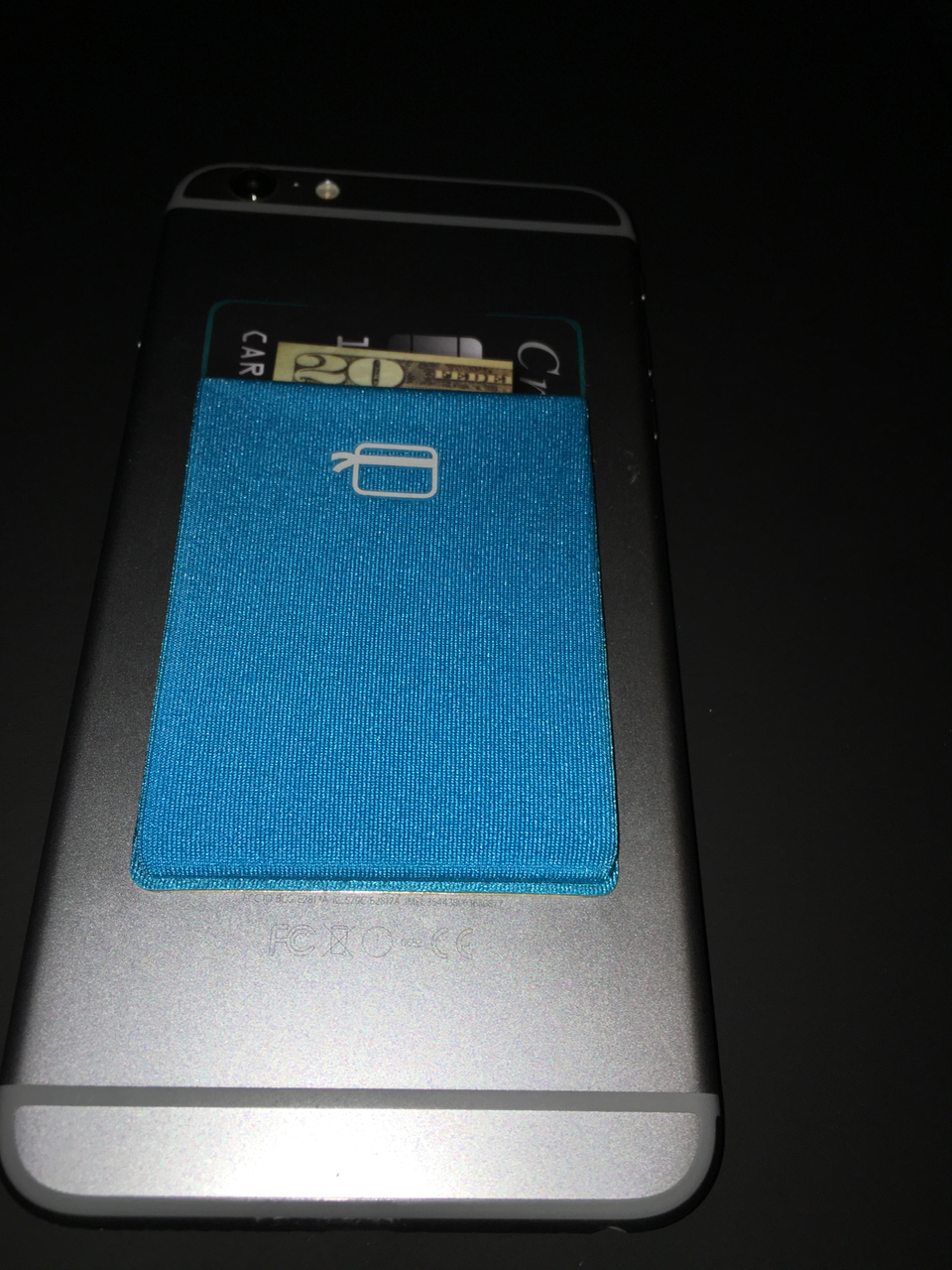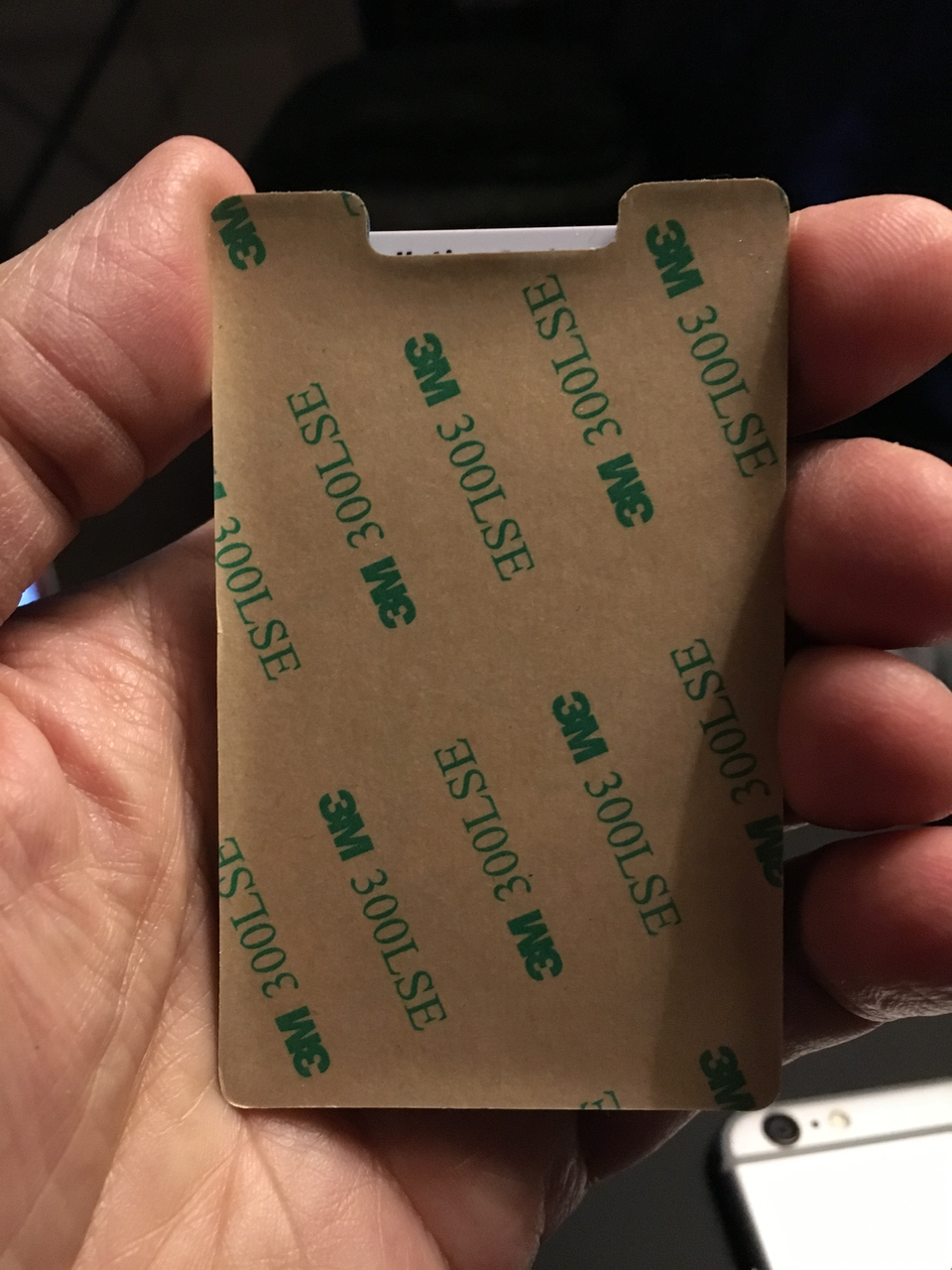If you're anything like the average American, you may not be getting all the exercise you need for a healthy lifestyle. The American Heart Associationrecommends adults get at least 75 minutes of vigorous exercise or 150 minutes of moderate exercise per week. Meantime, the Office of Disease Prevention and Health Promotion recommends undertaking moderate or high-intensity muscle-strengthening activities, like using weights or resistance bands, two or more days a week.
Yet, the Centers for Disease Control and Prevention reports less than half of adults meet these aerobic recommendations, and barely 20 percent get both aerobic and muscle conditioning workouts in regularly. With long hours at work, taking care of the kids and little leftover time to socialize with friends and family, it's no wonder exercise doesn't receive high priority.
Exercise doesn't just help you look fit and firm; it improves mood, sleep, sexual activity and energy levels, in addition to helping prevent the risk of stroke, arthritis, type 2 diabetes, depression, cancer and falls, according to the Mayo Clinic. Use these tips to give exercise the preferential treatment it deserves.
Hold Yourself Accountable
A study by Dominican University of California found that more than 70 percent of participants who updated a friend every week about their exercise and weight-loss goals reported success compared to the 35 percent of those who didn't share their goals or write them down.
While recording your goals could become burdensome, smart devices focused on fitness, like the Apple Watch Sport, allow you to view progress on daily goals related to moving, exercising and standing. Since wearable technology measures your every movement, you can more accurately gauge your fitness progress beyond the scale and be inspired by every victory.
Make Exercise Fun
"Exercise is boring" is not a valid excuse for being a couch potato. Whether you enjoy being one with nature or enjoy pairing music with aerobic movement, exercises such as hiking, dancing and yoga offer plenty of enjoyable ways to burn calories and strengthen muscles. If weight lifting intimidates you, make it more approachable by taking a class at a local gym that plays energetic music and gives explicit guidance. Or, use an app or video featuring a trainer you can relate to for direction.
Grab a workout buddy to get moving. This allows you to still have a social life but participate in an activity that benefits your body, rather than overloading it with harmful calories from fatty foods or alcohol at a meal or happy hour.
This One Trick Makes It Easier To Work Out On The Road
I was talking with a coach of mine about how to get workouts in while traveling. He told me about a mind game he plays, and I have found it to work very well. Instead of writing "Workout" on my task list, I now write "Movement."
The subtle difference? In my mind a "Workout" is a specific kind of activity, and I can often say "I don't have my equipment with me," or "I don't have time to do a full workout," so I end up skipping it. However, "Movement" is very liberating - it could be a 10 minute walk, a longer jog, a hike, or anything else the is convenient at the time. Give it a try and see if this trick helps you.
Exercise Without Knowing It
Making small, incremental changes that get you more active is an easy way to naturally progress to a healthier lifestyle. Think about how you can incorporate more exercise into your daily life, including:
- Bike or walk to the grocery store
- Walk around your office to avoid long periods of sitting
- Stand rather than sit at social gatherings
- Take a 10-minute walk with your dog
- Walk a few blocks to a food cart, or bring your lunch and walk to the park to eat it
- Take the stairs instead of the elevator
- Park far away from the door of the mall or store when you go shopping
- Carry your luggage through the airport instead of rolling it on its wheels
Stay motivated to continue your healthy lifestyle by setting up rewards when you accomplish your goals. Think about the money you will save on future medical bills by avoiding the instinct to super size your fast food meal. Instead, treat yourself to a massage to soothe the muscles you've worked.
Avoid hitting plateaus by trying new fitness routines that keep exercise interesting. Be grateful for taking the time to give your body the respect it deserves, and watch how the extra energy from exercising uplifts you and gives you more time to accomplish goals and pursue hobbies.











